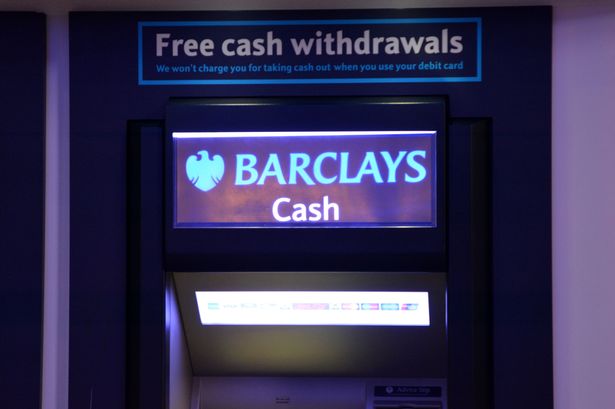The confluence of Barclays’ extended IT outage, January payday, and the self-assessment tax return deadline created a perfect storm of frustration and inconvenience for millions of customers. The issues, which originated on Friday, persisted throughout the weekend and into the following week, leaving customers unable to access their accounts, make payments, or receive salaries. This disruption had a cascading effect, impacting individuals’ ability to meet financial obligations, manage their daily expenses, and comply with tax deadlines. The timing of the outage amplified the already significant inconvenience, transforming a technical glitch into a major source of stress and anxiety for customers who rely on Barclays for their financial well-being.
The protracted nature of the IT failure raised serious questions about Barclays’ resilience and disaster recovery planning. While initial reports suggested a relatively swift resolution, the problems persisted, highlighting potential weaknesses in the bank’s infrastructure and its ability to quickly identify and rectify critical system failures. The prolonged outage impacted not just individual customers, but also businesses that rely on Barclays for processing payments and managing their finances. The disruption to business operations further exacerbated the economic impact of the outage, underscoring the crucial role of reliable banking services in a modern, interconnected economy. The incident served as a stark reminder of the potential consequences of IT failures in the financial sector, prompting calls for increased scrutiny of banks’ technological infrastructure and contingency plans.
The coincidence of the outage with January payday added another layer of complexity to the situation. Many customers rely on timely salary payments to cover essential expenses like rent, mortgage payments, and utility bills. The delay in receiving their salaries left some individuals in precarious financial positions, facing potential late payment fees, overdraft charges, and damage to their credit ratings. The timing, immediately following the holiday season, a period of increased spending for many, further compounded the financial strain on individuals and families. This situation exposed the vulnerability of individuals who operate on tight budgets and rely on the predictable flow of income to manage their finances.
Furthermore, the self-assessment tax return deadline on January 31st added yet another dimension to the unfolding crisis. Taxpayers who rely on Barclays to make their payments or access necessary financial information were left scrambling to meet the deadline. The inability to access online banking services prevented taxpayers from verifying their income and expenses, calculating their tax liability, and submitting their returns. This added pressure on individuals already grappling with the disruption caused by the outage, creating a sense of urgency and anxiety as the deadline loomed. The combination of payday delays and the tax deadline created a particularly stressful situation for many Barclays customers.
The prolonged IT issues at Barclays underscore the increasing reliance on digital banking services and the potential consequences when these services fail. The incident highlighted the need for robust contingency plans, effective communication strategies, and swift resolution of technical issues. Customers expect their banks to provide reliable and accessible services, especially during critical periods like payday and tax deadlines. The incident has undoubtedly eroded customer trust and confidence in Barclays, highlighting the importance of investing in resilient technology and ensuring that adequate safeguards are in place to prevent future disruptions. The fallout from this outage will likely have a lasting impact on Barclays’ reputation and customer relationships.
Beyond the immediate impact on customers, the Barclays IT outage raises broader questions about the stability and security of the financial system. The increasing complexity of banking technology and the interconnected nature of financial institutions create potential vulnerabilities that could have far-reaching consequences. This incident serves as a wake-up call for the banking industry and regulators to prioritize investments in cybersecurity, disaster recovery planning, and robust IT infrastructure. Furthermore, it underscores the need for greater transparency and accountability from financial institutions when it comes to communicating with customers during service disruptions. The lessons learned from the Barclays outage should be applied across the financial sector to prevent similar incidents from occurring in the future and to protect the financial well-being of individuals and businesses.














